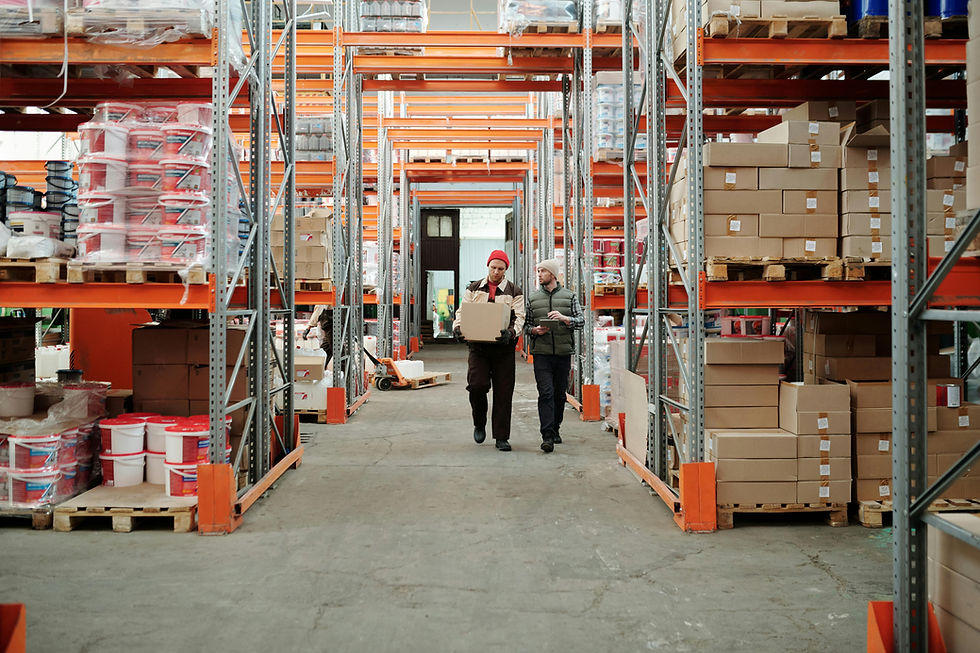Printer Basics: The Continuous Inkjet Printer
- George Bouton
- Sep 14, 2020
- 2 min read
Updated: Jan 6, 2024
How Continuous Inkjet Printers Work and How to Know if They’re Right for Your Product

Thanks to their speed, print quality, and versatility, continuous inkjet (CIJ) printers have become the standard for coding and labeling products. As their name suggests, these printers provide a continuous stream of ink, resulting in high-speed printing that moves products through efficiently. CIJ printers are also designed to automatically adjust for variable information, making them ideal for UPC codes, expiration dates, and other numbering systems. To learn more about CIJ printers, their benefits, and alternatives, read on.
How Continuous Inkjet Printers Work
CIJ Printers use a steady pump of ink and electricity to create a print. As the ink droplets pass through the machine, the droplets required to print the image are given an electric charge. While the remaining ink then circulates back through the printer, the charged droplets are applied to the product. Their placement is determined by their charge and speed. This method can reach up to 165,000 droplets of ink per second, making it a very efficient option for those printing large volumes. It also is able to print small codes or labels in any orientation, making it ideal for food or pharmaceutical industries that have specific packaging requirements.
Below, see a CIJ printer coding meat chubs.
Benefits of CIJ Printers
As the go-to printer option for coding and labeling, it’s no surprise that CIJ printers offer a wide range of benefits. For example, by spraying the ink droplets onto the product, the printer never touches the product itself. This means no direct contact between the printer and substrate, significantly reducing risk of damage from contact. Likewise, this design also means the printer can be used with almost any substrate or material, regardless of size, texture, or shape, and with quick-drying ink, there’s less risk of smudging as well.
Further, with the ability to shift automatically with variable information, the CIJ printer is ideal for coding expiration dates, product numbers, barcodes, and more without any downtime. They also require less service than other options, saving both time and money.
Alternatives to CIJ Printers
The primary competition to CIJ printers is thermal inkjets, or TIJ printers. While slightly slower than their CIJ cousins, TIJ have been shown to produce higher-quality prints, specifically when it comes to barcodes. With a simpler design, they can also be easier to install and less challenging to perform maintenance on. Further, TIJ were previously effective only for porous materials; however, updates to the system now make it effective for a variety of substrates, allowing them to compete more directly with CIJ. Despite this, CIJ still wins out when it comes to speed and efficiency. Businesses must weigh their priorities in choosing a printer for their products.
Want an expert opinion in choosing your printer equipment? That’s where we come in. With over 30 years of printing and labeling experience, we can ensure you choose the right technology for your business. TO learn more, contact us today at (904) 263-2804 or sign up for a free 30-minute consultation.




Comments